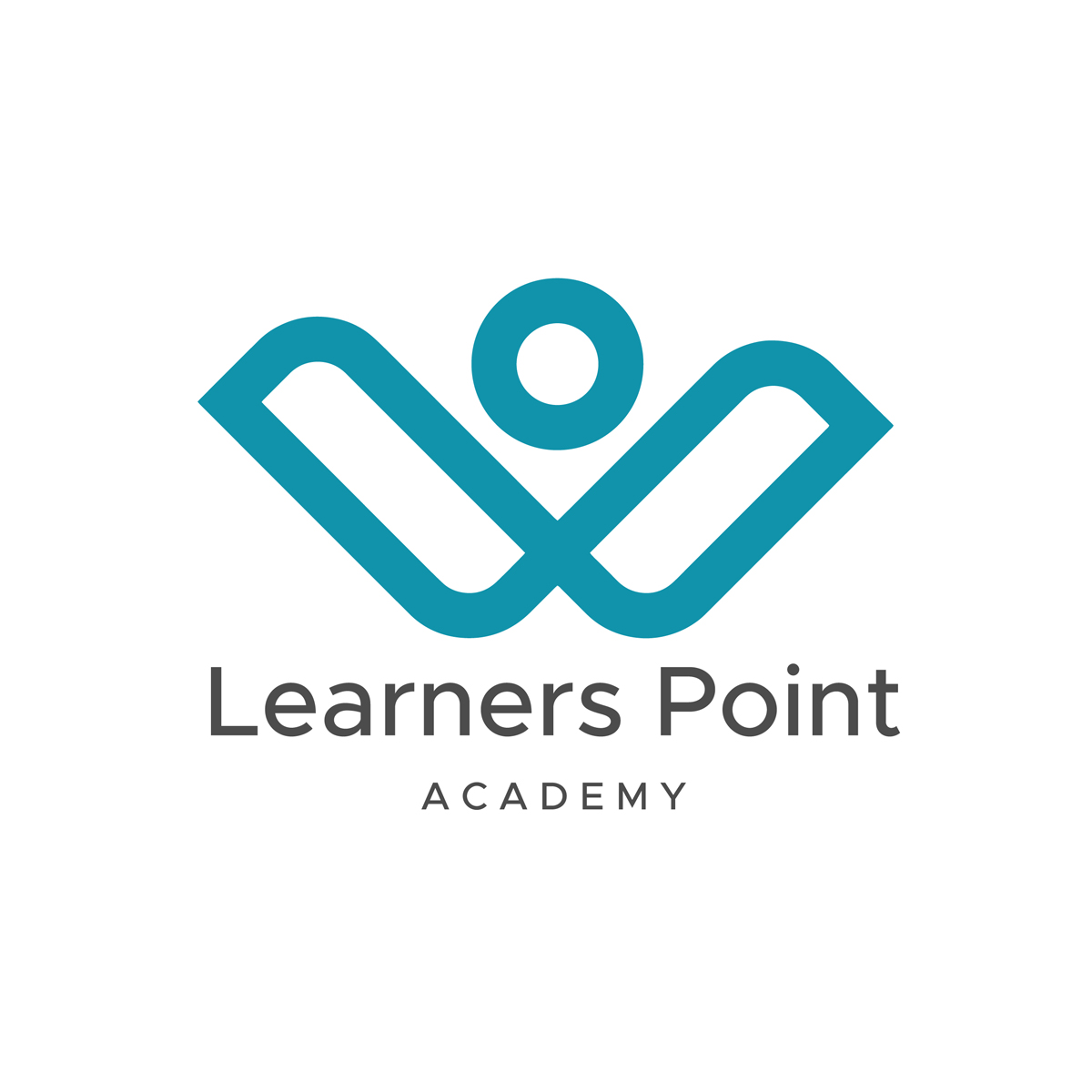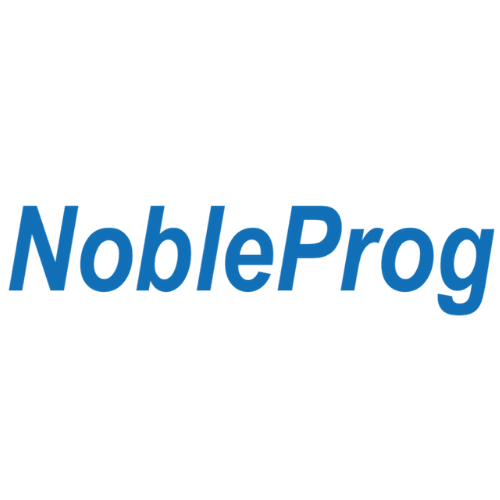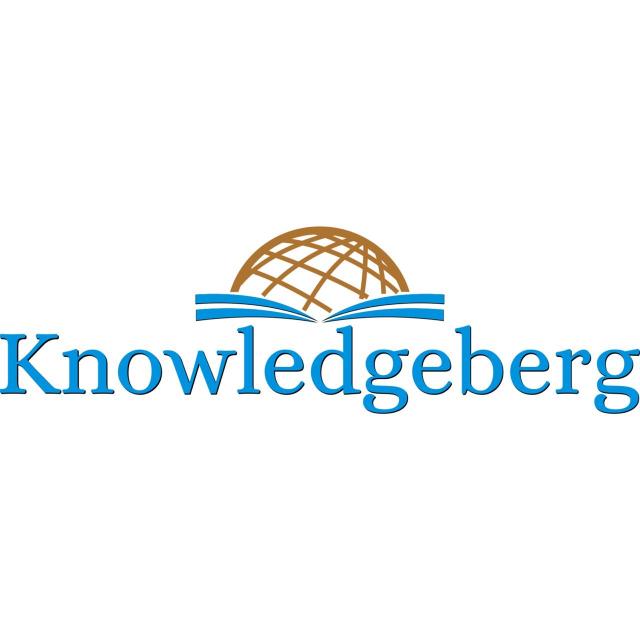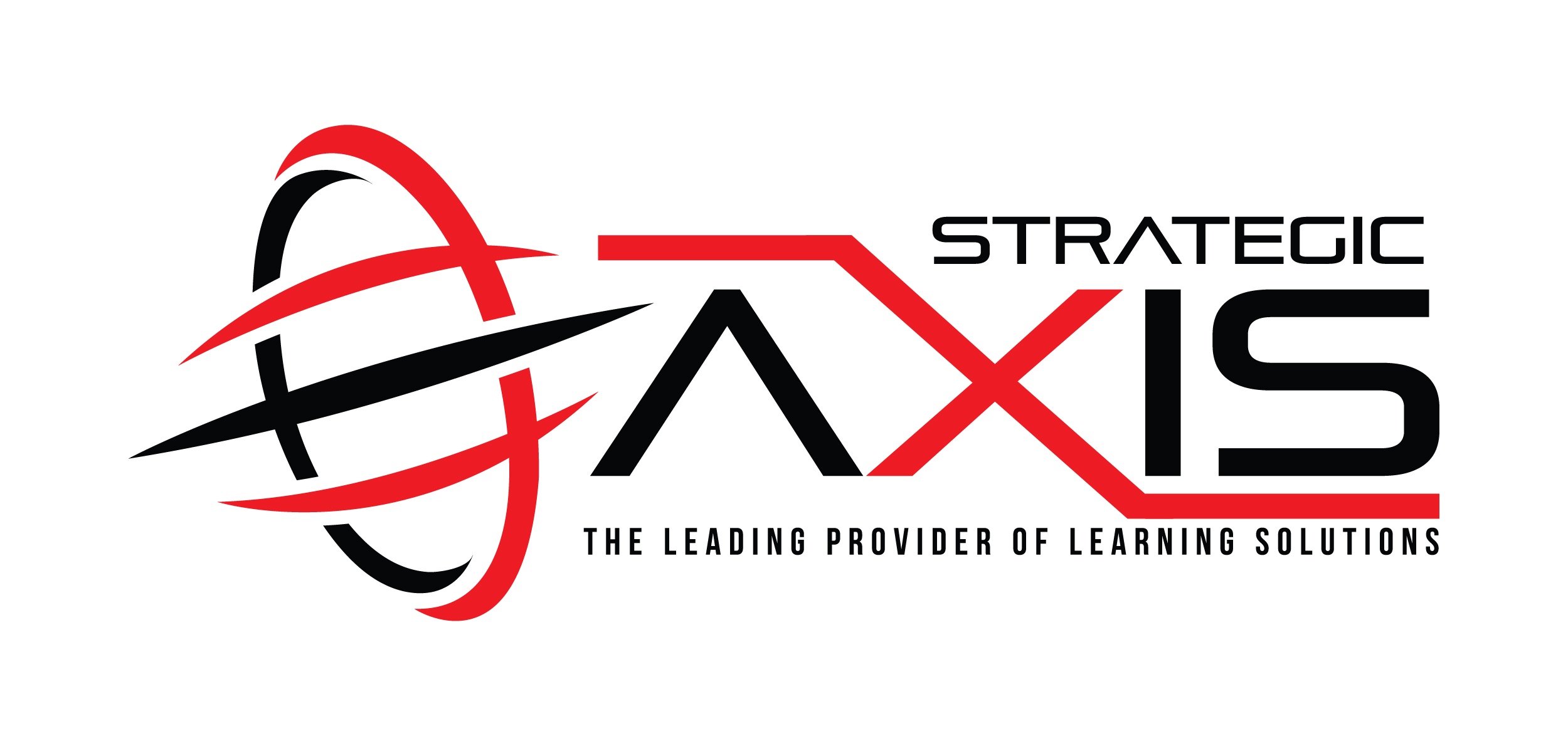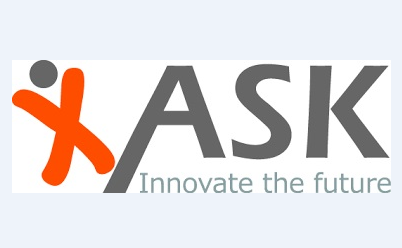Certified Cloud Security Professional (CCSP) is the fastest-growing cloud security certification. The CCSP training course enables a professional to negate security threats to cloud storage by understanding information security risks and implementing strategies to maintain data security.
Eligibility: This CCSP course is intended for professionals who want to gain expertise in Cloud Security. Anyone who is interested to enroll in this course must have:
- At least five years of working experience in IT, including three years in information security
- At least one year of cloud security experience
Outline:
1. Cloud Concepts, Architecture and Design:
Understand Cloud Computing Concepts
- Describe Cloud Reference Architecture
- Cloud Computing Definitions
- Cloud Computing Roles (e.g., cloud service customer, cloud service provider, cloud service partner, cloud service broker)
- Key Cloud Computing Characteristics (e.g., on - demand self - service, broad network access, multi - tenancy, rapid elasticity and scalability, resource pooling, measured service)
- Building Block Technologies (e.g., virtualization, storage, networking, databases, orchestration)
Describe Cloud Reference Architecture
- Cloud Computing Activities
- Cloud Service Capabilities (e.g., application capability types, platform capability types, infrastructure capability types)
- Cloud Service Categories (e.g., Software as a Service (SaaS), Infrastructure as a Service (IaaS),
- Platform as a Service (PaaS)
- Cloud Deployment Models (e.g., public, private, hybrid, community
- Cloud Shared Considerations (e.g., interoperability, portability, reversibility, availability, security, privacy, resiliency, performance, governance, maintenance and versioning, service levels and Service Level Agreements (SLA), auditability, regulatory)
- Impact of Related Technologies (e.g., machine learning, artificial intelligence, blockchain, Internet of Things (IoT), containers, quantum computing)
Describe Cloud Reference Architecture
- Cryptography and Key Management
- Access Control
- Data and Media Sanitization (e.g., overwriting, cryptographic erase)
- Network Security (e.g., network security groups)
- Virtualization Security (e.g., hypervisor security, container security)
- Common Threats
Understand Design Principles of Secure Cloud Computing
- Cloud Secure Data Lifecycle
- Cloud - based Disaster Recovery (DR) and Business Continuity (BC) planning
- Cost - Benefit Analysis
- Functional Security Requirements (e.g., portability, interoperability, vendor lock - in)
- Security Considerations for Different Cloud Categories (e.g., Software as a Service (SaaS), Infrastructure as a Service (IaaS), Platform as a Service (PaaS))
Evaluate Cloud Service Providers
- Verification Against Criteria (e.g., International Organization for Standardization/International Electrotechnical Commission (ISO/IEC) 27017, Payment Card Industry Data Security Standard (PCI DSS))
- Verification Against Criteria (e.g., International Organization for Standardization/International Electrotechnical Commission (ISO/IEC) 27017, Payment Card Industry Data Security Standard (PCI DSS))
2. Cloud Concepts, Architecture and Design:
Describe Cloud Data Concepts
- Cloud Data Life Cycle Phases
- Data Dispersion
Design and Implement Cloud Data Storage Architectures
- Storage Types (e.g. long term, ephemeral, raw - disk)
- Threats to Storage Types
Design and Apply Data Security Technologies and Strategies
- Encryption and Key Management
- Hashing
- Masking
- Tokenization
- Data Loss Prevention (DLP)
- Data Obfuscation
- Data De - identification (e.g., anonymization)
Implement Data Discovery
- Structured Data
- Unstructured Data
Implement Data Classification
- Mapping
- Labeling
- Sensitive data (e.g., Protected Health Information(PHI), Personally Identifiable Information (PII), cardholder data)
Design and Implement Information Rights Management (IRM)
- Objectives (e.g., data rights, provisioning, access models)
- Appropriate Tools (e.g., issuing and revocation of certificates)
Plan and Implement Data Retention, Deletion, and Archiving Policies
- Data Retention Policies
- Data Deletion Procedures and Mechanisms
- Data Archiving Procedures and Mechanisms Legal Hold
Design and Implement Auditability, Traceability, and Accountability of Data Events
- Definition of Event Sources and Requirement of Identity Attribution
- Logging, Storage, and Analysis of Data Events
- Chain of Custody and Non - repudiation
3. Cloud Platform and Infrastructure Security:
Comprehend Cloud Infrastructure Components
- Physical Environment
- Network and Communications
- Compute
- Virtualization
- Storage
- Management Plan
Design a Secure Data Center
- Logical Design (e.g., tenant partitioning, access control)
- Physical Design (e.g. location, buy or build)
- Environmental Design (e.g., Heating, Ventilation and Air Conditioning (HVAC), multi - vendor pathway connectivity)
Analyze Risks Associated with Cloud Infrastructure
- Risk Assessment and Analysis
- Cloud Vulnerabilities, Threats, and Attacks
- Virtualization Risks
- Countermeasure Strategies
Design and Plan Security Controls
- Physical and Environmental Protection (e.g., on - premise)
- System and Communication Protection
- Virtualization Systems Protection
- Identification, Authentication, and Authorization in Cloud Infrastructure
- Audit Mechanisms (e.g., log collection, packet capture)
Plan Disaster Recovery (DR) and Business Continuity (BC)
- Risks Related to the Cloud Environment
- Business Requirements (e.g., Recovery Time Objective (RTO),
- Recovery Point Objective (RPO), Recovery Service Level (RSL))
- Business Continuity/Disaster Recovery Strategy
- Creation, Implementation, and Testing of Plan
4. Cloud Application Security:
Advocate Training and Awareness for Application Security
- Cloud Application Security
- Cloud Development Basics
- Common Pitfalls
Describe the Secure Software Development Life Cycle (SDLC) Process
- Business Requirements
- Phases and Methodologies
Apply the Secure Software Development Life Cycle (SDLC)
- Avoid Common Vulnerabilities During Development
- Cloud - specific Risks
- Quality Assurance
- Threat Modeling
- Software Configuration Management and Versioning
Apply Cloud Software Assurance and Validation
- Functional Testing
- Security Testing Methodologies
Use Verified Secure Software
- Approved Application Programming Interfaces (API)
- Supply - chain Management
- Third - Party Software Management
- Validated Open Source Software
Comprehend the Specifics of Cloud Application Architecture
- Supplemental Security components (e.g., Web Application Firewall (WAF), Database Activity Monitoring (DAM), Extensible Markup Language (XML) firewalls, Application Programming Interface (API) gateway
- Cryptography
- Sandboxing
- Application Virtualization and Orchestration
Design Appropriate Identity and Access Management (IAM) Solutions
- Federated Identity
- Identity Providers
- Single Sign - On (SSO)
- Multi - factor Authentication
- Cloud Access Security Broker (CASB)
5. Cloud Application Security:
Implement and Build Physical and Logical Infrastructure for Cloud Environment
- Hardware Specific Security Configuration Requirements (e.g., Basic Input Output System (BIOS), settings for virtualization and Trusted Platform Module (TPM), storage controllers, network controllers)
- Installation and Configuration of Virtualization Management Tools
- Virtual Hardware Specific Security Configuration Requirements (e.g., network, storage, memory, Central Processing Unit (CPU))
- Installation of Guest Operating System (OS) Virtualization Toolsets
Operate Physical and Logical Infrastructure for Cloud Environment
- Configure Access Control for Local and Remote Access (e.g.,
- Secure Keyboard Video Mouse (KVM), console - based access mechanisms, Remote Desktop Protocol (RDP))
- Secure Network Configuration (e.g., Virtual Local Area Networks (VLAN), Transport Layer Security (TLS), Dynamic Host Configuration Protocol (DHCP), Domain Name System (DNS),
- Virtual Private Network (VPN))
- Operating System (OS) Hardening Through the Application of
- Baselines (e.g., Windows, Linux, VMware)
- Availability of Stand - Alone Hosts
- Availability of Clustered Hosts (e.g., Distributed Resource
- Scheduling (DRS), Dynamic Optimization (DO), storage clusters, maintenance mode, High Availability)
- Availability of Guest Operating System (OS)
Manage Physical and Logical Infrastructure for Cloud Environment
- Access Controls for Remote Access (e.g., Remote Desktop Protocol (RDP), Secure Terminal Access, Secure Shell (SSH))Operating System (OS) Baseline Compliance Monitoring and Remediation
- Patch Management
- Performance and Capacity Monitoring (e.g., network, compute, storage, response time)
- Hardware Monitoring (e.g., Disk, Central Processing Unit (CPU), fan speed, temperature Configuration of Host and Guest Operating System (OS) Backup and Restore Functions
- Network Security Controls (e.g., firewalls, Intrusion Detection Systems (IDS), Intrusion Prevention Systems (IPS), honeypots, vulnerability assessments, network security groups)
- Management Plane (e.g., scheduling, orchestration, maintenance)
Implement Operational Controls and Standards (e.g., Information Technology Infrastructure Library (ITIL), International Organization for Standardization/International Electrotechnical Commission (ISO/IEC) 20000 - 1)
- Change Management
- Continuity Management
- Information Security Management
- Continual Service Improvement Management
- Incident Management
- Problem Management
- Release Management
- Deployment Management
- Configuration Management
- Service Level Management
- Availability Management
- Capacity Management
Support Digital Forensics
- Forensic Data Collection Methodologies
- Evidence Management
- Collect, Acquire and Preserve Digital Evidence
Manage Communication with Relevant Parties
- Vendors
- Customers
- Partners
- Regulators
- Other Stakeholders
Manage Security Operations
- Security Operations Center (SOC)
- Monitoring of Security Controls (e.g., firewalls, Intrusion Detection Systems (IDS), Intrusion Prevention Systems (IPS), honeypots, vulnerability assessments, network security groups)
- Log Capture and Analysis (e.g., Security Information and Event Management (SIEM), log management)
- Incident Management
6. Legal, Risk, and Compliance:
Articulate Legal Requirements and Unique Risks within the Cloud Environment
- Conflicting International Legislation
- Evaluation of Legal Risks Specific to Cloud Computing
- Legal Framework and Guidelines
- eDiscovery (e.g., International Organization for Standardization/International Electrotechnical Commission (ISO/IEC) 27050,Cloud Security Alliance (CSA) Guidance)
- Forensics Requirement
Understand Privacy Issues
- Difference Between Contractual and Regulated Private Data (e.g., Protected Health Information (PHI), Personally Identifiable Information (PII))
- Country - Specific Legislation Related to Private Data (e.g., Protected Health Information (PHI), Personally Identifiable Information (PII)
- Jurisdictional Differences in Data Privacy
- Standard Privacy Requirements (e.g., International Organization for Standardization/International Electrotechnical Commission (ISO/IEC) 27018, Generally Accepted Privacy Principles (GAPP), General DataProtection Regulation (GDPR
- Understand Audit Process, Methodologies, and Required Adaptations for aCloud Environment
- Internal and External Audit Control
- Impact of Audit Requirements
- Identify Assurance Challenges of Virtualization and Cloud
- Types of Audit Reports (e.g., Statement on Standards for Attestation Engagements (SSAE), Service Organization Control (SOC), International Standard on Assurance Engagements (ISAE))
Restrictions of Audit Scope Statements (e.g., Statement on Standards for Attestation Engagements (SSAE), International Standard on Assurance Engagements (ISAE))
- Gap Analysis
- Audit Planning
- Internal Information Security Management System (ISMS)
- Internal Information Security Controls System Policies (e.g., organizational, functional, cloud computing)Identification and Involvement of Relevant Stakeholders
- Specialized Compliance Requirements for Highly - Regulated Industries (e.g., North American Electric Reliability Corporation/Critical Infrastructure Protection (NERC/CIP), Health Insurance Portability and Accountability Act (HIPAA), Payment Card Industry (PCI))
- Impact of Distributed Information Technology (IT) Model (e.g., diverse geographical locations and crossing over legal jurisdictions)
Understand Implications of Cloud to Enterprise Risk Management
- Assess Providers Risk Management Programs (e.g., controls, methodologies, policies)
- Difference Between Data Owner/Controller vs. Data Custodian/Processor (e.g., risk profile, risk appetite, responsibility)
- Regulatory Transparency Requirements (e.g., breach notification, Sarbanes - Oxley (SOX), General Data Protection Regulation (GDPR))
- Risk Treatment (i.e., avoid, modify, share, retain)
- Different Risk Frameworks
- Metrics for Risk Management
- Assessment of Risk Environment (e.g., service, vendor, infrastructure)
Understand Outsourcing and Cloud Contract Design
- Business Requirements (e.g., Service Level Agreement (SLA), Master Service Agreement (MSA), Statement of Work (SOW))
- Vendor Management
- Contract Management (e.g., right to audit, metrics, definitions, termination, litigation, assurance, compliance, access to cloud/data, cyber risk insurance)
- Supply - Chain Management (e.g., International Organization for Standardization/International Electrotechnical Commission (ISO/IEC) 27036)
Key Takeaways:
Upon successful completion of the Certified Cloud Security Professional (CCSP) training course, the candidate will be able to:
- Understand cloud computing and relevant security concepts
- Develop architectures and security strategies for cloud data storage and effectively implement them
- Appraise and recommend security controls to protect data in motion and at rest
- Ensure that personally identifiable information is protected in accordance with relevant jurisdictional laws
- Establish a retention deletion archival policy and implement it
- Manage access to identities and systems appropriately
Accreditation:
- Our Certified Cloud Security Professional (CCSP) training course is accredited by ISO 9001: 2015 and the Knowledge and Human Development Authority (KHDA).
Why Learner’s Point:
As one of the top providers of the Certified Cloud Security Professional (CCSP) training program, we have ample experience in imparting knowledge to the participants on the essential concepts.
Our Certified Cloud Security Professional (CCSP) training course offers the following key features:
- Our Certified Cloud Security Professional (CCSP) training course is designed based on real - world scenarios, formulating and evaluating practical requirements
- Our courses strive to provide a reality check and insight into the requirements of a challenging role and how to fulfill it
- We also provide live interactive sessions and hands - on experience through assignments associated with the actual work environment
- To enhance the learning experience of our students we provide organized group sessions and integrated training modules
- Our discrete approach to career guidance enables our students to get successfully placed in renowned organizations
